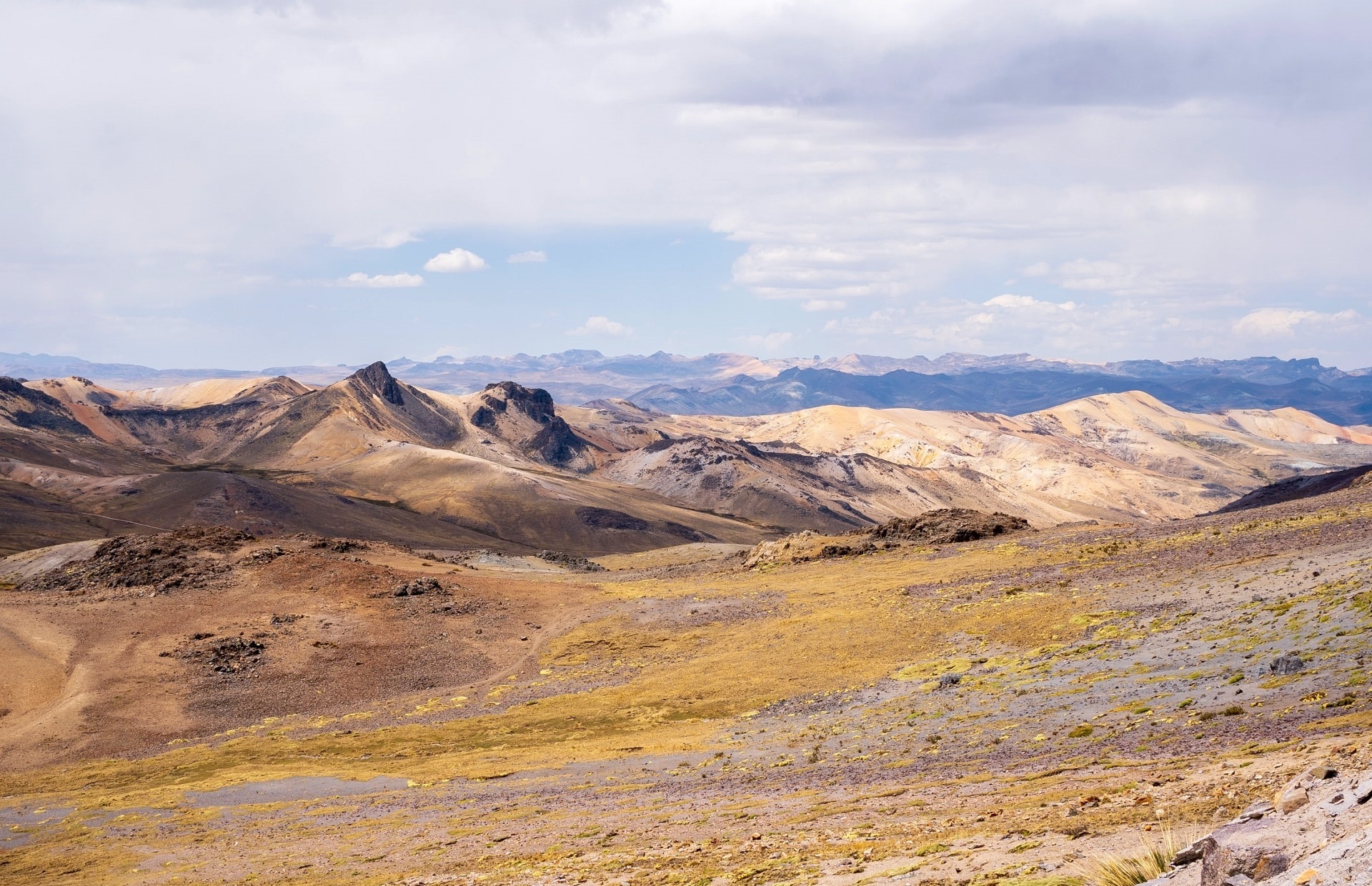What’s a Preliminary Economic Assessment (PEA)?
If you’re investing in the mining space, chances are you’ve become familiar with some key investment and mining terminology associated with exploration. One of those key terms is a preliminary economic assessment (PEA). Mining and exploration companies must conduct several studies to determine the project’s viability, and a PEA is one of them. This blog post will guide you through the basics of a PEA, what’s involved in a PEA, and next steps after a PEA completion.
Preliminary Economic Assessment (PEA)
A PEA, referred to as a scoping study, is an analysis that looks at the economic factors to determine the potential viability of a mine. Depending on the mineral resources, the study measures all the early stages before a (pre-)feasibility study can be performed. It generally includes data on how much money it will cost to forward the project into production, how the mine will operate once development is complete, and how much mineral resources it will produce over the lifetime of the mine.

When assessing pre-production capital costs, a PEA accurately predicts mine life and cash flow, as well as details on processing and production methods and rates. Unlike feasibility studies, a PEA usually includes information on resource quantity, giving investors a full picture of the true potential of a mine operation. It may contain results such as:
- results of metallurgical testing
- base-case information on the capital costs associated with pre-production
- risks and uncertainties related to a project
- a mine plan, considering if it’s open-pit mining and underground mining
How long does a PEA take?
The duration of a PEA can range. Depending on the scope of the project and investor-backing behind it, a PEA can take up to a year to complete. Over that time, a company will be able to assess all the encompassing information that could affect pre-production and production, as well as the lifecycle of the mine itself. Knowing what kind of minerals will be evaluated, the geology of the deposit, and what type of mining will take place are all key factors determining a mining project’s viability. And as mentioned, it will also estimate how many minerals or metals and how much of each can be produced, how it will operate when functional, and how much money it will take to get the project off the ground.
Once a geologist determines if there is economic value, things get interesting. They use geological or mining software to determine the extent of minerals and metals deep within the mining site. The materials can then be classified as ‘measured, indicated or inferred.’
Why are PEAs important?
Once completed, companies progress to the next step — a pre-feasibility study. The true purpose of a PEA is to signal to investors that a mineral project has potential viability. From there, as interest gathers, factors such as community issues, geographic obstacles, permit challenges and more are weighed. Without conducting a PEA, it’s almost impossible to get to this stage, so early assessments of a mine’s potential are critical. Through pre-feasibility and feasibility studies, companies can ascertain all geological, engineering, legal, operating, economic, social, environmental, and other relevant factors so that financial institutions can fund the development. The last stage, a complete feasibility study, details if a mineral reserve can be mined effectively and if it will be profitable. They are the basis for a project’s capital, operating costs and overall economic viability.
That said, we’d be remiss if we didn’t mention one important fact: even a fully engineered, costed-out feasibility study is only an estimate and is never 100 percent accurate — it’s not the gospel. The more assumptions and the fewer facts found in a mining site, the more challenging it ends up becoming. Ultimately, the decision to continue with a project comes down to the judgement of the mining companies, their investors, and partners.
Bottom Line
The early stages of mining exploration are key in discovering the potential viability of a mine. A preliminary economic assessment is the first step for many on the walk toward a profitable operation. Knowing whether the mineral estimates are inferred, indicated, or measured resources are a key indicator of the lifespan and production potential of a mine, so making sure the company has hired a geologist or a similarly qualified person will go a long way. Be sure to do your research and ask for these reports where appropriate.
Sources:
https://investingnews.com/daily/resource-investing/what-is-a-pea/
https://www.smallcapinvestor.ca/post/a-guide-to-pea-s-and-feasibility-studies#:~:text=detail%20and%20precision.-,Preliminary%20Economic%20Assessment%20(PEA),of%20a%20preliminary%20feasibility%20study.
